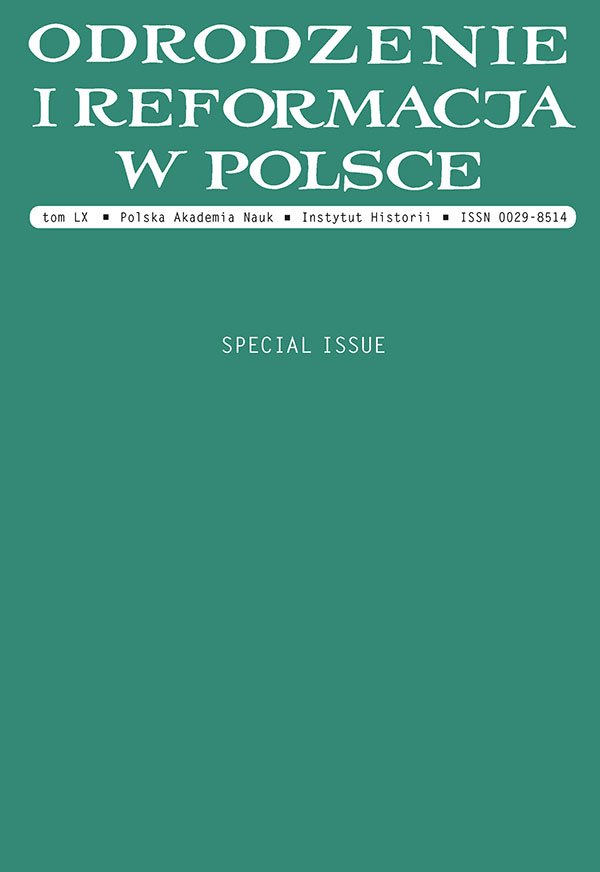“Verily, This Is the Sheepfold of that Good Shepherd”: The Idea of the “True” Church in Sixteenth-Century Polish Catechisms
“Verily, This Is the Sheepfold of that Good Shepherd”: The Idea of the “True” Church in Sixteenth-Century Polish Catechisms
Author(s): Waldemar KowalskiSubject(s): History, Cultural history, History of ideas, Oral history, Modern Age, Theology and Religion, 16th Century, History of Religion
Published by: Instytut Historii im. Tadeusza Manteuffla Polskiej Akademii Nauk
Keywords: Church; Polish-Lithuanian Commonwealth; catechism; religious education; Renaissance; Council of Trent; reform at Trent
Summary/Abstract: The article discusses how the authors of sixteenth-century Polish Catholic and Evangelical catechisms perceived and analysed the notion of “the Church”. Following the Tridentine programme, the Catholic authors present their Church as unified under the Pope’s authority and the only inheritor of the works of the Apostles. The veracity of its teaching is testified to with God’s unnatural interventions – miracles. Protestant theologians teach about “the visible and outward Church”, which exists whenever the pure Word of God is preached and where sacraments are administered in accordance with the Holy Writ. Alongside the Visible Church, there exists “the invisible and inward Church” that unites all those following Christ, who is the one and only head of the Church.
Journal: Odrodzenie i Reformacja w Polsce
- Issue Year: 60/2016
- Issue No: 2
- Page Range: 5-47
- Page Count: 43
- Language: English

